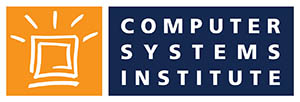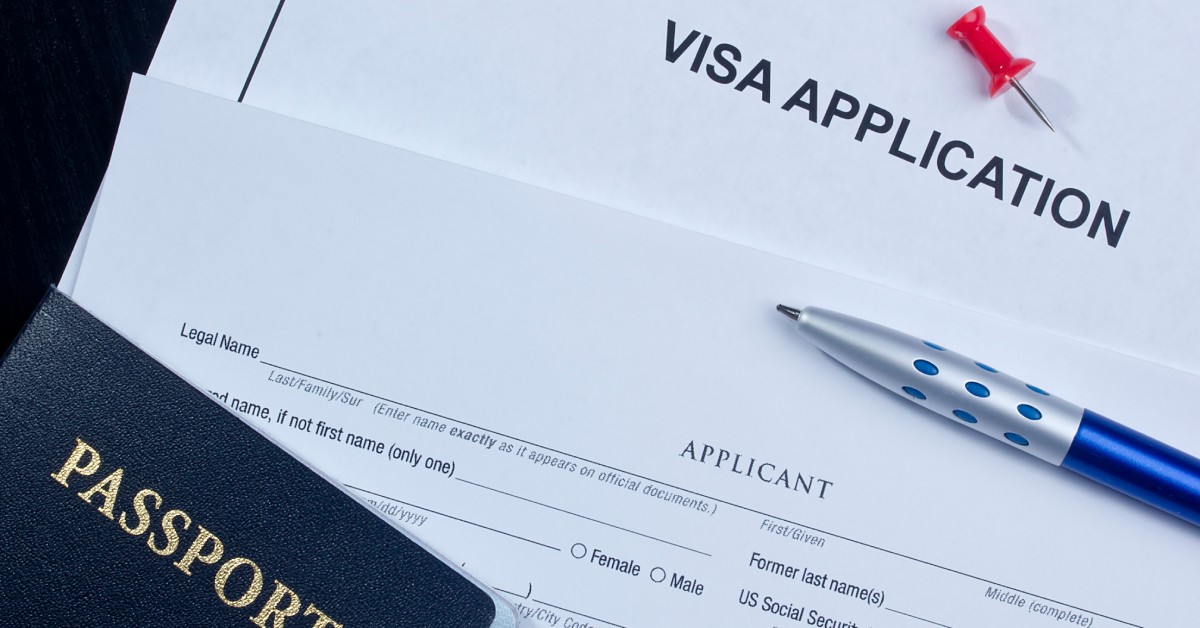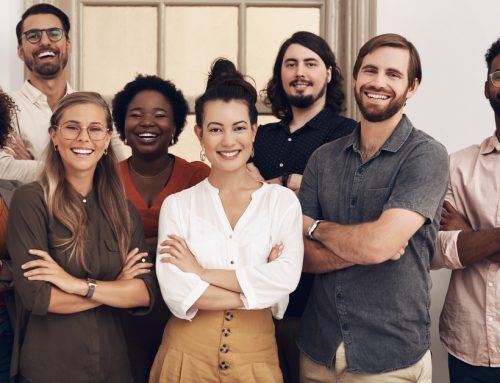Securing a student visa is one of the most important steps for international students looking to pursue education in the United States. Understanding how the process works and what documents are necessary can simplify what might otherwise feel like a complex system. The following tips on navigating the US student visa application process will help you approach each stage well-prepared and confident in your path to studying in the US.
Understand the Available Visa Types
The US offers several student visa types, but most international students apply for either the F-1 or M-1 visa. The F-1 visa is suitable for academic studies at accredited US institutions, such as universities or high schools.
On the other hand, the M-1 visa applies to vocational or non-academic programs. Confirm the category that fits your study plans before proceeding to prevent unnecessary confusion.
Apply to a SEVP-Approved School
You must receive acceptance into a Student and Exchange Visitor Program (SEVP)-approved institution before you can apply for a visa. SEVP certification guarantees the institution complies with the US government’s requirements for international students. You can find a list of approved schools on the official SEVP website.
Once accepted to a program, the school will issue you a Form I-20, “Certificate of Eligibility for Nonimmigrant Student Status.” This critical document confirms your eligibility to apply for the F-1 or M-1 visa.
SEVP-approved schools often facilitate work opportunities through Curricular Practical Training (CPT) and Optional Practical Training (OPT). CPT programs allow F-1 students to work jobs directly relevant to their chosen majors. Conversely, OPT programs grant F-1 students opportunities to work for up to 12 months in their field of study, and they can use it while completing their degree or upon commencing.
Assistance from Academic Institutions
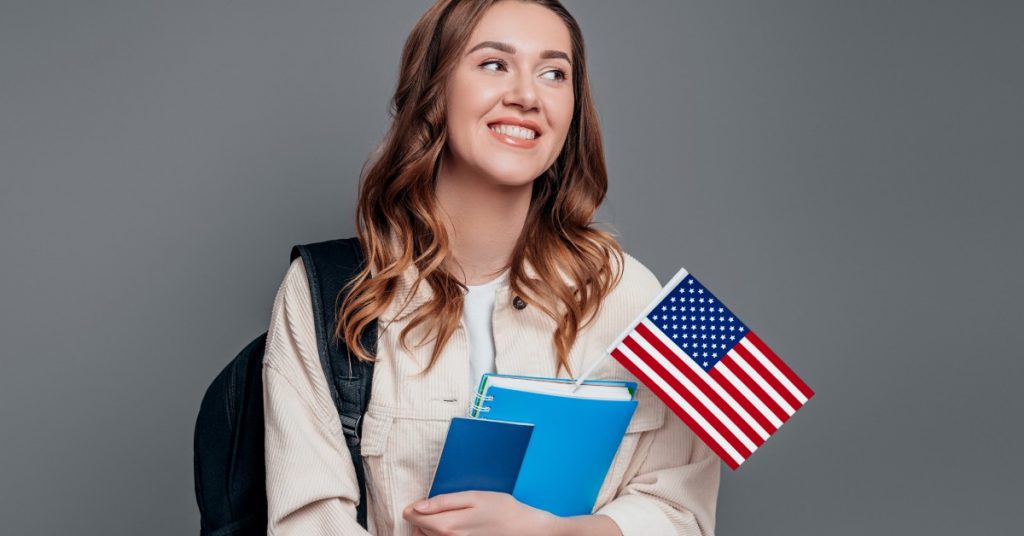
If you need guidance when deciding whether a CPT or OPT program suits your educational and professional goals, look no further than Computer Systems Institute (CSI). We have a plethora of programs and resources for international students seeking valuable, hands-on work experience in the United States.
We support SEVP-approved CPT and OPT programs with the industry-specific, relevant courses we offer in our career-focused and continuing education programs. We also equip scholars with personalized career services to guide them as they enter their chosen professional fields.
Our international student admissions team provides a range of services to ease the transition to US education. We understand the challenges of transferring from another SEVP-certified institution, changing visa status, or reinstatement, on top of studying abroad. We offer orientation programs, academic advising, and language assistance tailored to international students’ needs.
Pay the SEVIS Fee
The next step involves paying the Student and Exchange Visitor Information System (SEVIS) fee, which goes toward the US government’s system for tracking students.
You’ll need the SEVIS ID, provided on your Form I-20, to complete this payment. Retain the receipt as it will be necessary during your visa interview.
Complete the DS-160 Form
All nonimmigrant visa applicants must access and complete the online DS-160 form. This form asks for personal, education, and travel details, so it’s essential to have accurate information on hand, such as your passport and academic records. After submitting the form, you’ll receive a DS-160 confirmation page, which you must print and bring to your visa interview.
Schedule Your Visa Interview
After submitting the DS-160 form, set a date and time for an interview at a US embassy or consulate in your country. A tip for navigating this step of the US student visa application process is to apply as early as possible, as interview wait times vary by location.
Pay the Visa Application Fee
You must pay the visa application fee, often referred to as the MRV fee, before attending your interview. Payment methods and amounts vary depending on your country, so consult your local embassy’s or consulate’s website for instructions. Keep the payment receipt for your records and future use.
Gather Required Documents
Proper organization ensures a smoother visa interview process. Gather all required documents ahead of time and double-check their accuracy. Essential items include the following:
- A passport valid for at least six months beyond your intended stay in the US
- Form I-20 issued by your SEVP-approved school
- DS-160 confirmation page
- Payment receipts for the SEVIS fee and MRV fee
- A passport-sized photo, if not uploaded digitally with the DS-160 form
- Bank statements or other evidence of financial ability to pay tuition and living expenses
- Transcripts, standardized test scores, and other academic documents
- Proof of ties to your home country, demonstrating your intent to return after completing your studies
Prepare for the Visa Interview
The visa interview is a critical step in the process. During the interview, a consular officer will assess your application and ask questions to determine your eligibility for the student visa. While every interview experience differs, expect to discuss your academic goals, financial situation, and plans after graduation.
Review your Form I-20 and DS-160 details to prepare effectively. Also, practice answering common questions, such as why you chose your specific program and how you plan to finance your education. Be honest and concise in your responses, and dress professionally to create a positive impression.
What Happens After the Interview
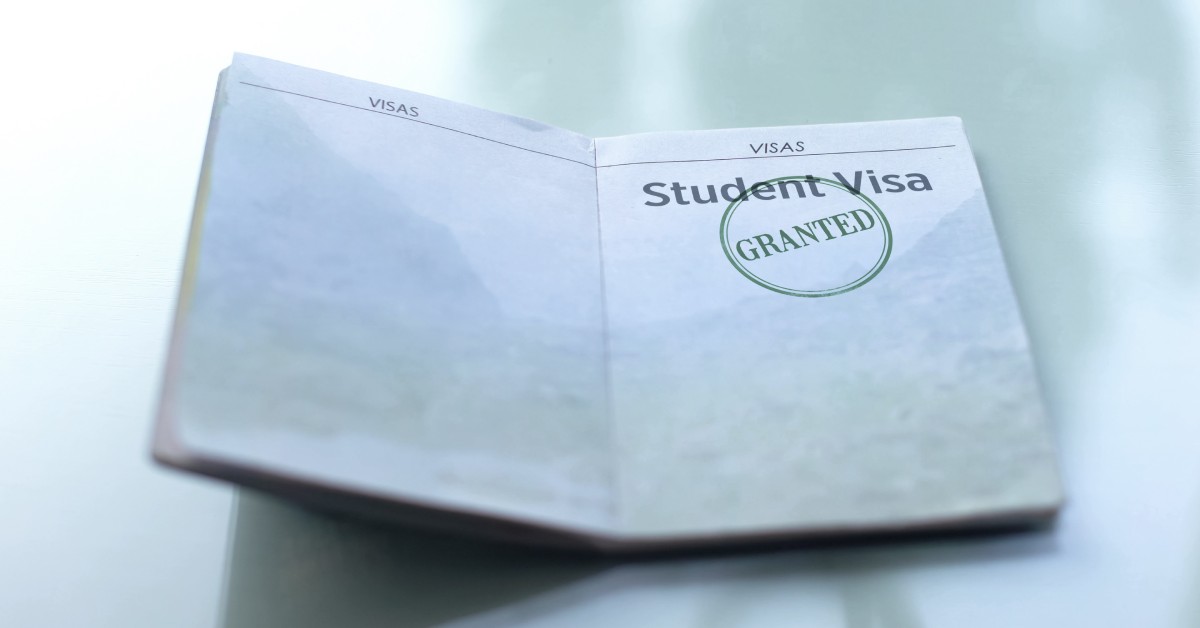
If you receive visa approval, congratulations! You will get a notification about when and how to collect your passport with the visa.
If your application results in a denial, the officer will explain the reason. Common reasons include incomplete documentation or failure to prove financial stability. If denied, address the issues before reapplying.
Time Your Entry Into the US
Once you have your visa, note that you can only enter the US up to 30 days before the program start date listed on your Form I-20. Arriving earlier violates the visa conditions. Be sure your travel plans align with this timeframe.
Understand Your Rights and Responsibilities as a Student
While studying in the US, maintaining visa compliance is essential. Some key responsibilities include enrolling in a full course of study during each academic term.
Also, inform your school’s designated official about changes to your address, academic status, or program and avoid unauthorized employment. Violations of these terms can lead to visa cancellation and future complications.
Renewing or Extending Your Visa
If your program length exceeds the validity of your visa, you may need to renew or extend it. Begin this process well before your visa expires to avoid interruptions to your studies. Consult your school’s designated official for guidance and support with the process.
Embark on Your Educational Journey in the US
Successfully navigating the US student visa application process requires careful attention to details and adherence to timelines. By following these steps, you’ll better position yourself to secure the necessary visa for your studies. Confidence, preparation, and organization will carry you far as you begin your academic adventure in the United States.
